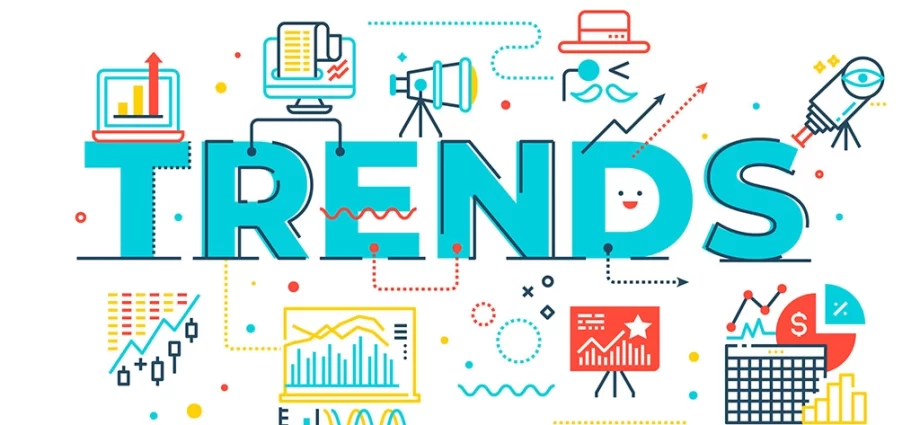In addition to entertaining videos, YouTube contains a large amount of educational content in a variety of formats and on different topics. Why it is worth including it in the sources of obtaining new knowledge – in the material
YouTube management itself is aware of the educational potential of its platform: in 2018, the company announced that it would spend $20 million to collaborate with creators of educational and practical content. So, on the new YouTube Learning channel, educational playlists were launched, with video lessons and so-called “tutorials” on various subjects and topics, including mathematics, scientific disciplines, music and foreign languages. The first playlists were created by educational projects like Khan Academy, TED-Ed, Crash Course and Coding Train.
What is the advantage of the YouTube learning platform?
- It is well suited for gaining new knowledge with the help of gadgets. To cook an interesting dish, fix a washing machine, paint a picture as a gift or do a professional make-up, sometimes it is enough to watch a few thematic videos on your smartphone.
- YouTube, like many social networks, promotes dialogue. You can always discuss the viewed material in the comments, ask for advice or express an idea.
- The platform promotes microlearning and increases its accessibility. Difficult moments of the lesson can be mastered gradually, returning to the material at any convenient time, consuming information at a convenient speed and in small “portions”. In addition, lessons are often presented in a playful way that is easy to remember.
- You can find content on almost any topic. Interestingly, some even prefer instructional videos to traditional education: for example, a married couple from the United States took their children out of public school and decided to teach them through documentaries on Netflix and videos on YouTube. Another telling case happened not so long ago in the UK: in Preston, Lancashire, a seven-year-old girl saved her mother’s life thanks to an educational video on YouTube. When the woman suddenly had a seizure, the child was able to bring her to her senses and perform cardiopulmonary resuscitation.
In addition, you can now observe the emergence of new interesting trends on YouTube, one way or another stimulating learning. Some students, for example, began to upload videos about how they study. It is noteworthy that on such videos, which collect millions of views, absolutely nothing can happen except repetition, note-taking and reading. All this can take hours. Why are these videos made? The answer is simple: it’s the isolation and feeling of loneliness while studying for exams or doing homework late. These videos are created for everyone who wants to feel in society, but also not be distracted from their studies, as well as for those who lack motivation.
Another notable trend is the more dense use of YouTube opportunities by universities, which in this way kill two birds with one stone: increase their awareness and attract students, as well as distribute accessible and high-quality educational content. Traditional educational institutions were brought to YouTube by their target audience, which spends the most time there. In addition, in attracting talented students, universities (not always intentionally) are helped by the so-called “influencers” – bloggers who talk on their channels about the life, activities and events of the institution where they study. For example, blogger Jack Edwards’ video about the pros and cons of life at Durham University gained 162 views. At the same time, there was a significant increase in interest in St. Cuthbert’s College (part of the University of Durham), whose director called it the “Jack Edwards effect.” This is another potential opportunity for university brand development, and some universities have already begun to attract youth influencers to raise the profile of their institution.
Whether you’re looking to pick up a new hobby, learn a new job skill, or just want to learn something new about the world around you, video hosting can be a great help. However, when choosing content, it is still worth including critical thinking, since under the guise of educational videos, videos of a discriminatory nature or various conspiracy theories can sometimes be hidden, “wrapped” in outwardly decent packaging. In this case, you should focus on reliable sources and always check the information.










